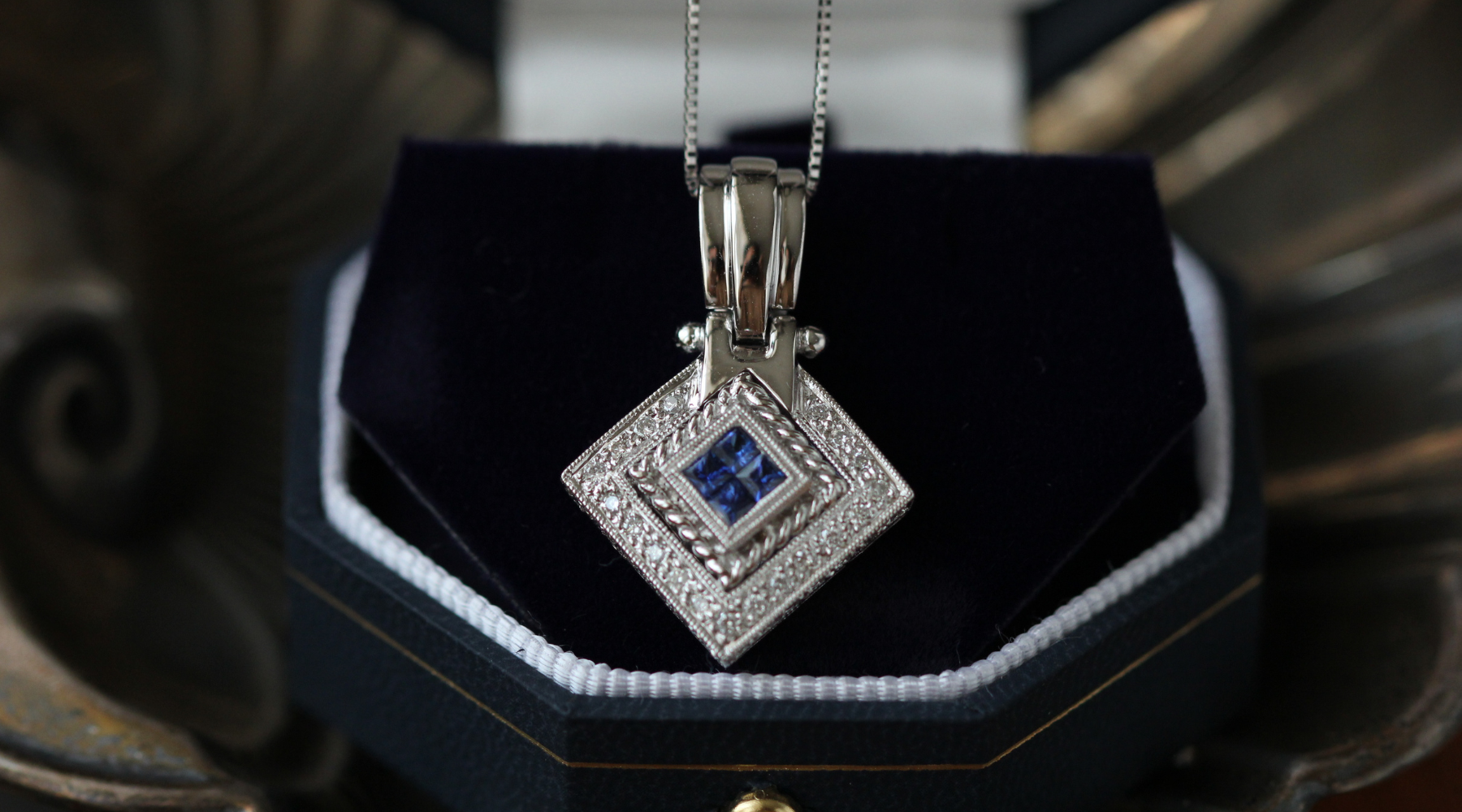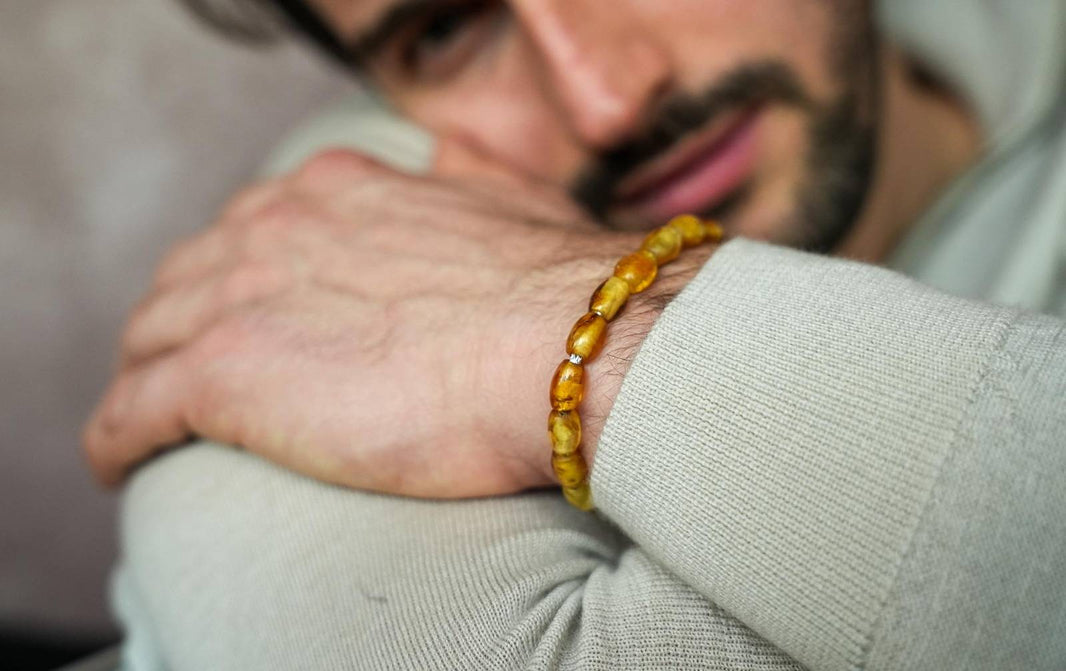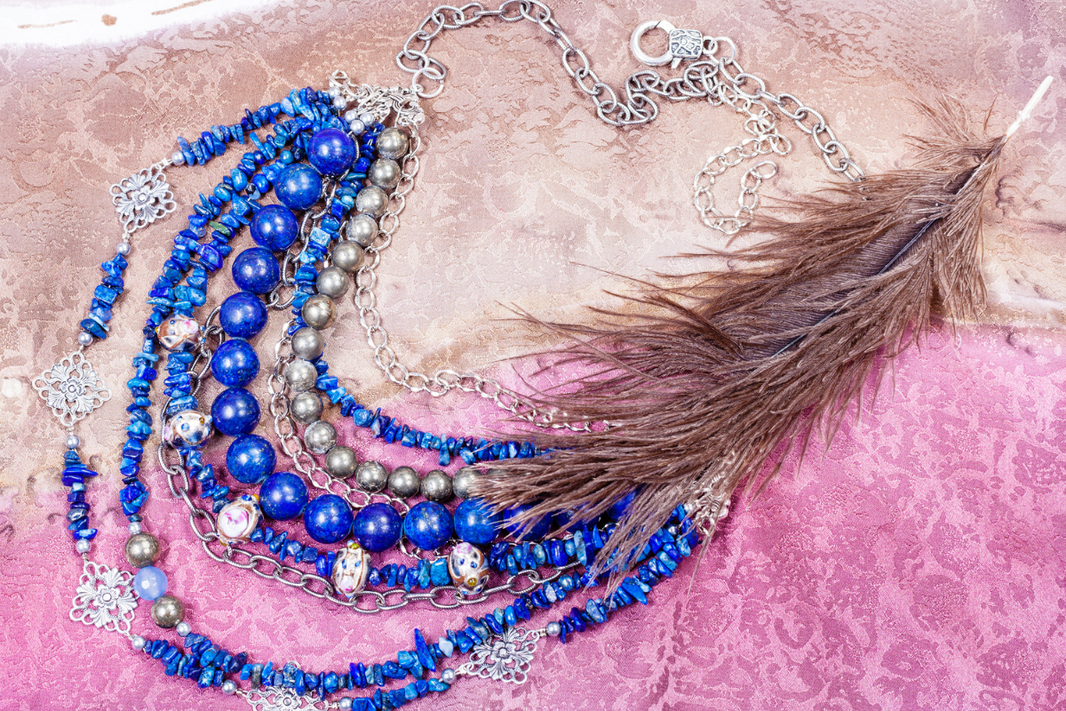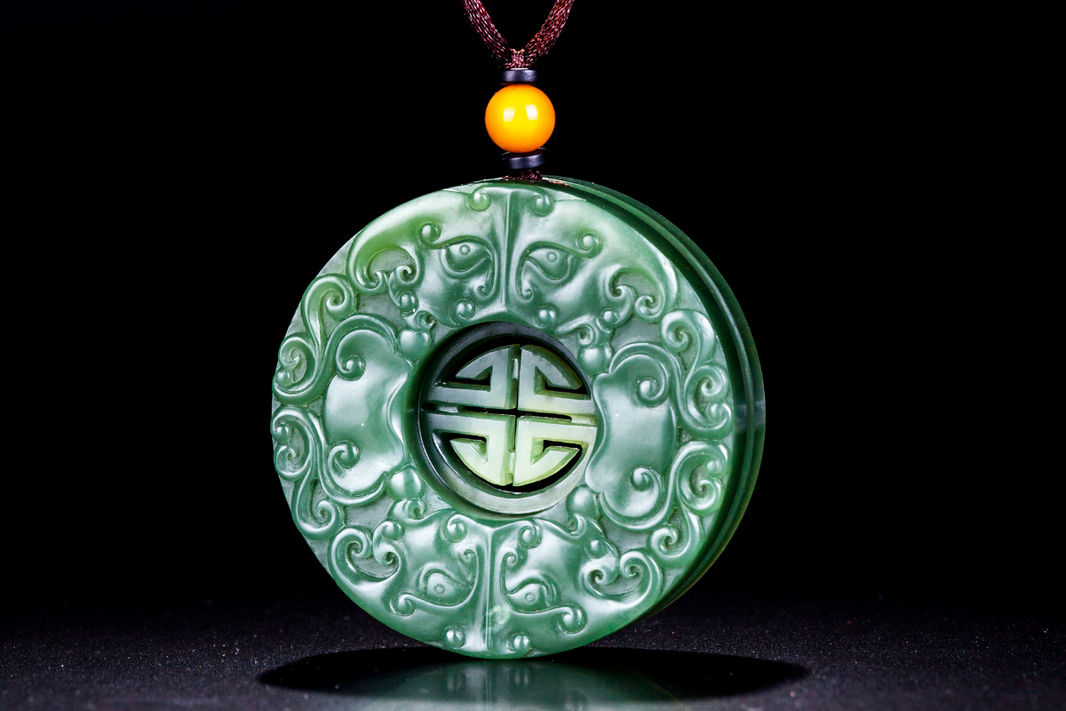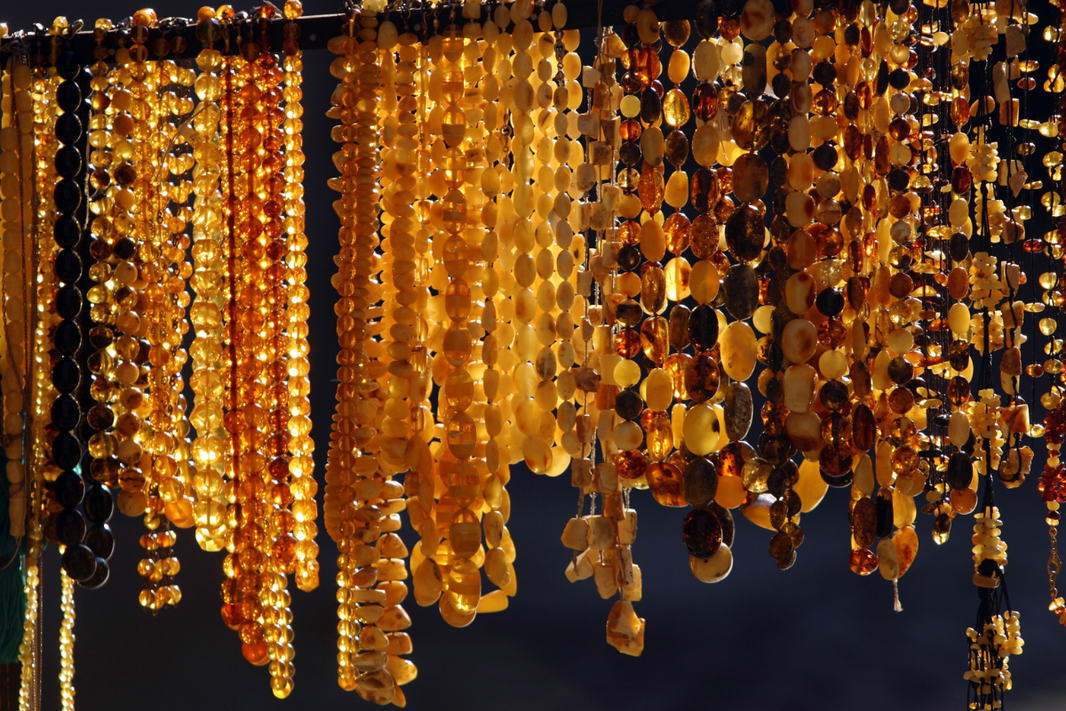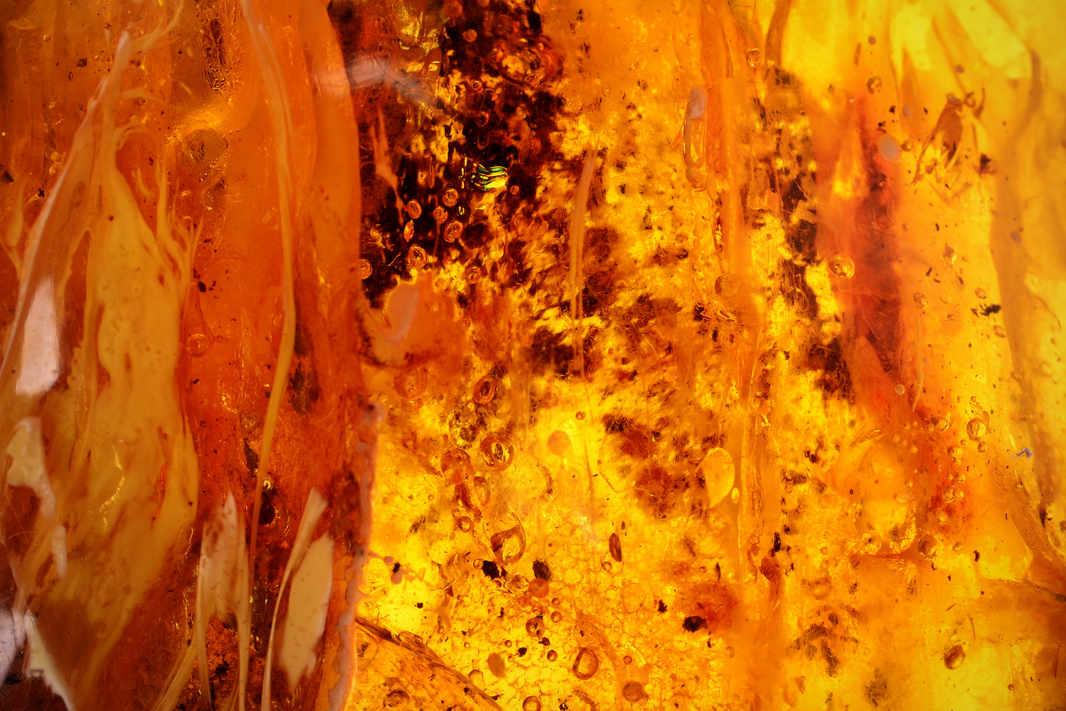Hallmarks are a series of symbols or marks that are stamped onto precious metal jewellery to indicate its purity and origin. These marks are typically found on the inside of a ring, bracelet, necklace, or other piece of jewellery.
Common hallmarks include:
- Purity marks: These marks indicate the percentage of precious metal in the jewellery, such as 925 (sterling silver), 14k, or 18k gold.
- Country or city marks: These marks identify the country or city where the jewellery was manufactured or hallmarked.
- Maker's marks: These marks identify the jeweller or manufacturer who created the piece.
Hallmarks are a valuable tool for consumers, as they can help to ensure the authenticity and quality of a piece of jewellery. They can also provide information about the history and origin of the piece.
If you’ve noticed a marking on your silver jewellery, you can find out what it means with this handy guide!
Decoding Silver Hallmarks: An Introduction
Silver hallmarks, often seen as cryptic symbols, are in fact a wealth of information about the silver item they adorn. These marks are a form of consumer protection, a guarantee of the silver's purity and authenticity. They are a historical practice, dating back to the 14th century, and are still in use today.
A typical silver hallmark consists of four main elements: the maker's mark, the standard mark, the town mark, and the date letter. The maker's mark identifies the silversmith or company that manufactured the item. The standard mark, often represented by the lion passant, confirms the purity of the silver. The town mark indicates the assay office that tested and marked the item, and the date letter reveals the year the item was assayed.
Between 1784 and 1890, a fifth element, the duty mark, was introduced due to a tax imposed on gold and silver. This mark signified that the duty had been paid. However, it's not a standard feature on all silver items.
Understanding these hallmarks is like decoding a secret language, revealing the story behind your silver piece. It's a fascinating journey into the world of silver, its history, and craftsmanship.
The Importance of Reading Silver Hallmarks
Reading silver hallmarks is not just a hobby for antique enthusiasts, but a crucial skill for anyone dealing with silver items. These tiny imprints, often overlooked, carry a wealth of information about the piece of silver in your hands.
The importance of reading silver hallmarks cannot be overstated. They serve as a testament to the authenticity and quality of the silver item. They tell you about the purity of the silver, indicated by the standard mark such as the lion passant for sterling silver.
They reveal the place where the item was assayed, represented by the town mark. This could be a symbol of a city, like an anchor for Birmingham or a leopard's head for London.
The hallmarks also disclose the identity of the maker. This is particularly important as items crafted by renowned silversmiths often command a premium.
Hallmarks for silver jewellery typically indicate the purity of the silver. The most common hallmark used for sterling silver is 925, which means the jewellery is made of 92.5% pure silver and 7.5% other metals, usually copper.
Other silver hallmarks that may be found include:
- 900: This indicates that the jewellery is made of 90% pure silver and 10% other metals.
- 800: This indicates that the jewellery is made of 80% pure silver and 20% other metals.
- Sterling: This is another term used to indicate that the jewellery is made of 92.5% pure silver.
Hallmarks on silver jewellery are typically found on the inside of the piece. This is a standard practice to prevent the marks from being worn away over time.
Look for the marks near the clasp, a hidden area, or a less visible part of the jewellery.
A Brief History of British Hallmarks
Hallmarks, which have been used for centuries, offer a unique insight into the evolution of the silver industry in Britain.
In the early days, the lion head was the primary hallmark used to denote sterling silver. This mark, known as the 'lion passant', has seen two major variations throughout history. The first, known as the 'lion passant guardant', featured the lion's head facing the viewer. The modern 'lion passant', introduced in 1822, depicts the lion's head facing to the left.
Over time, other marks were introduced to provide more information about the silver item. The 'maker's mark', for instance, tells us in whose factory the item was made. This mark has been standardised since 1739 to be the initials of the maker.
The 'town mark' indicates where the item was assayed. Each English assay office has its own distinct mark, such as the leopard's head for London or the anchor for Birmingham.
The 'leopard's head', another significant mark, identifies the London Assay Office where the silver item was verified. This mark was used by all goldsmiths throughout the land until 1856. The 'anchor' mark, on the other hand, signifies Birmingham, while the 'crown' and the 'Tudor rose' are associated with Sheffield.
In Scotland, the 'thistle' and 'lion rampant' marks are used, while in Ireland, the 'crowned harp' is a common sight. Each of these marks not only signifies the origin of the piece but also adds to its historical and aesthetic value.
The 'maker's mark' is another important hallmark. In the early days, this mark consisted of the maker's initials or devices. However, in 1739, a crackdown led to the use of the first two letters of the maker's last name. This change was aimed at detecting counterfeit marks and ensuring the authenticity of the piece.
Finally, special marks like the 'commemorative mark' or 'coronation mark' were used for specific events or periods. For example, the Jubilee mark was used in 1934 and 1935 to celebrate the Silver Jubilee of George V.
Understanding the evolution of British hallmarks not only helps in identifying the origins and purity of a silver item but also provides a glimpse into the rich history of the British silver industry.
The Sterling Silver Hallmark
The Sterling Silver Hallmark is a significant aspect of silver identification and authentication. This hallmark is a quality mark that signifies the purity of the silver used in the item. It's a guarantee that the silver content in the piece is 92.5% pure, hence the term '925' or 'Sterling Silver'.
This hallmark is often accompanied by other marks such as the maker's mark and the assay office mark. The maker's mark identifies the silversmith or company that produced the item, while the assay office mark indicates the office that tested and certified the silver's purity.
The Sterling Silver Hallmark is a crucial tool for anyone dealing with silver items, whether you're a collector of antique silver, a jeweller, or a casual buyer. It helps you determine the quality and authenticity of the silver you're dealing with.
However, it's important to note that not all silver items will bear the Sterling Silver Hallmark. Some items, especially older ones, may bear other hallmarks such as the lion passant guardant mark or the standard mark lion passant. These marks also indicate the purity of the silver but may be used in different contexts or regions.
The Lion Passant Guardant Mark
The Lion Passant Guardant Mark is a symbol that has been used for centuries to denote the purity of sterling silver. This mark features a lion with its head facing towards the viewer, a stance known as 'guardant'.
The introduction of this mark dates back to 1544, during the reign of Henry VIII. Although no official records explaining its introduction survive, it's theorised that it was related to the King's interference in hallmarking. He had been debasing the value of coinage since 1542 and had issues with the Goldsmith’s Company, which was ordered to surrender its charter.
The Lion Passant Guardant Mark indicated sterling silver purity for all assay offices. It was a guarantee that the silver item met the sterling standard, a crucial factor for anyone with a collection of antique silver or dealing in silver bullion.
Over the years, the design of the lion passant guardant mark has evolved. The modern lion passant, with the lion’s head facing to the left, was introduced in 1822. However, the original design is still widely recognised and respected in the world of gold and silver.
The Art and Science of Reading Silver Hallmarks
Understanding silver hallmarks is both an art and a science. It's a fascinating journey into the history and craftsmanship of silver items, revealing their origins, purity, and the hands that crafted them.
At Atlas Accessories, our handcrafted pieces, crafted from the finest sterling silver and with an English hallmark, offer a touch of luxury and sophistication. Each design is carefully crafted to showcase the beauty and versatility of this precious metal. Whether you're looking for a statement necklace or a delicate bracelet, our recycled sterling silver jewellery collection has something to suit every style and occasion.
Shop our collection today and find your perfect piece.

